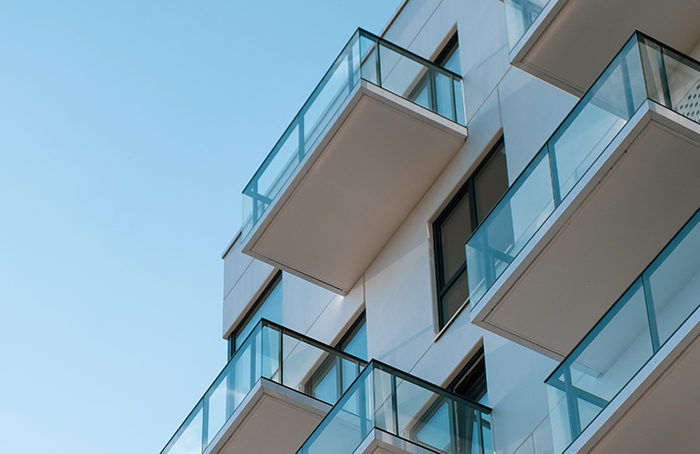2025-07-29
residential

The average monthly rent for an apartment in Slovakia reached €727 in the second quarter of 2025, according to a rental market analysis by Deloitte. This figure represents a 5.3 percent decline compared to the first quarter of the year but marks a 2.1 percent increase year-on-year. The data reflect a complex market dynamic, where overall annual growth contrasts with short-term regional fluctuations. Among Slovakia’s regional centres, Banská Bystrica recorded the highest quarterly growth in rent at 3 percent, followed by Trenčín with a 1.4 percent increase. In contrast, several cities experienced a decline in rental prices over the same period. Bratislava saw the sharpest drop at 8.6 percent, while Žilina and Nitra also recorded quarterly decreases of 6.1 percent and 5.2 percent respectively. Trenčín had the lowest average monthly rent at €544, while Bratislava remained the most expensive city for tenants with an average monthly rent of €890. Within Bratislava, the district of Vrakuňa recorded a local rise to €669, while Podunajské Biskupice remained the city’s most affordable area with an average rent of €632. From a year-on-year perspective, Prešov saw the most significant increase in rental prices at 11.1 percent. Other cities with notable annual growth included Banská Bystrica at 10.7 percent, Košice at 7.1 percent, Trenčín at 3.9 percent, and Trnava at 3.8 percent. Conversely, Poprad experienced a year-on-year decline of 4.8 percent, and Žilina followed with a 2.6 percent drop. Rents for one- and two-room apartments across Slovakia rose by an average of 7.7 percent over the past year. In Bratislava, one-room units saw a 7.6 percent annual increase, while two-room apartments rose by 6.9 percent. Three-room apartments in the capital experienced a more moderate growth of 1.3 percent year-on-year. In contrast, rents for apartments in newly built developments remained stable, indicating a plateau in pricing for premium residential stock. The variation in price movements across different regions and apartment types highlights ongoing shifts in rental demand. Analysts attribute these trends to post-pandemic mobility, regional economic performance, and the ongoing adaptation to hybrid working models. The Deloitte report provides further evidence of a maturing rental market that is increasingly shaped by local factors rather than uniform national growth. Source: TASR

